Occupation Writer, dramatist Name Pedro Seca Genre Astracanada | Nationality Spanish Role Playwright | |
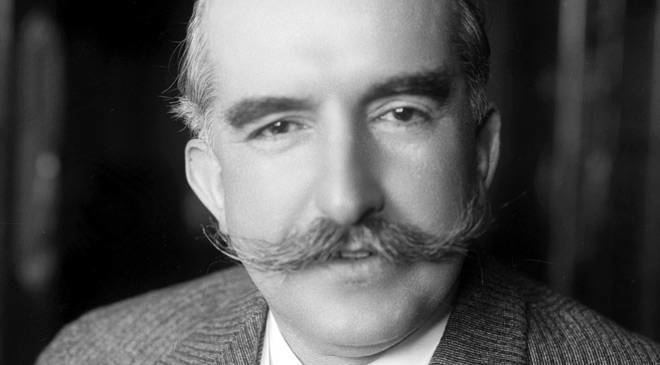 | ||
Spouse Maria Asuncion Ariza Diez de Bunes Movies Anacleto se divorcia, El colmillo de Buda, A Lucky Man Books Anacleto se divorcia, El verdugo de Sevilla Similar People Benito Perojo, Joselito Rodriguez, Juan Bustillo Oro, Rene Barberis, Carlos Orellana | ||
Los Libros: Pedro Muñoz Seca - 29/11/16
Alfonso Ussia: "Si Pedro Muñoz Seca hubiera sido de izquierdas el PP lo recordaría"
Pedro Muñoz Seca (born February 20, 1879 in El Puerto de Santa María, Spain; died November 28, 1936 in Paracuellos de Jarama, Madrid, Spain ) was a Spanish comic playwright. He was one of the most successful playwrights of his era. He wrote approximately 300 dramatic works, both sainetes (short vignettes) and longer plays, often in collaboration with Pedro Pérez Fernández or Enrique García Álvarez. His most ambitious and best known play is La venganza de Don Mendo (Don Mendo's Revenge, 1918); other major works include La barba de Carrillo (Carrillo's Beard, 1918) and Pepe Conde (1920).
Contents
- Los Libros Pedro Muoz Seca 291116
- Alfonso Ussia Si Pedro Muoz Seca hubiera sido de izquierdas el PP lo recordara
- Early life and career
- Career as playwright and death
- Legacy
- Works cited
- References
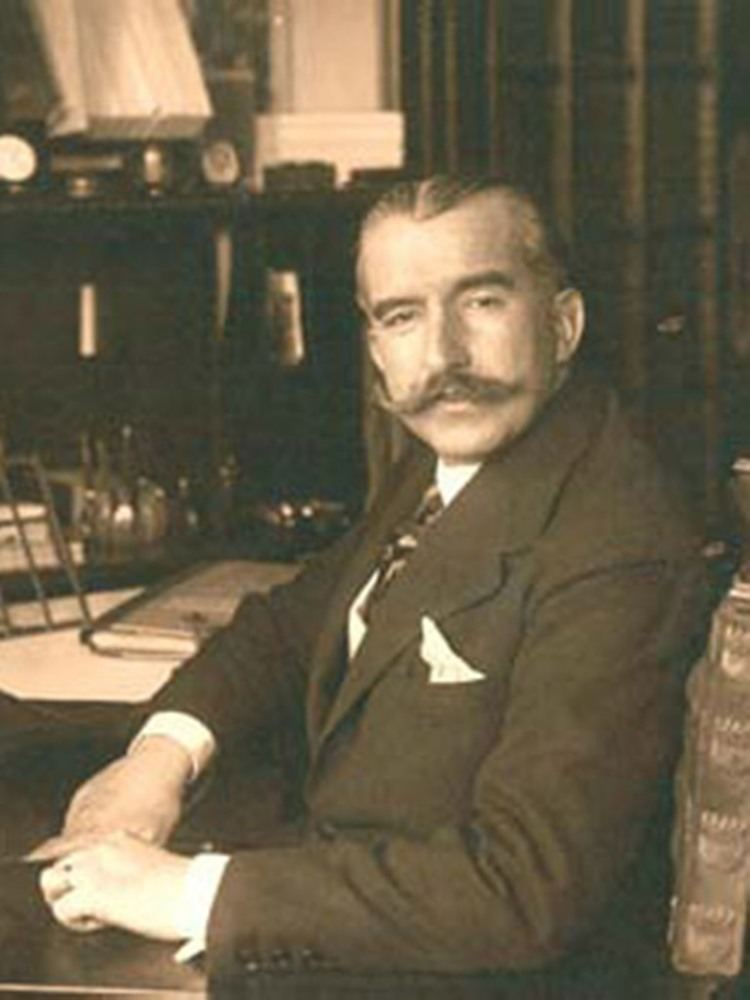
Early life and career
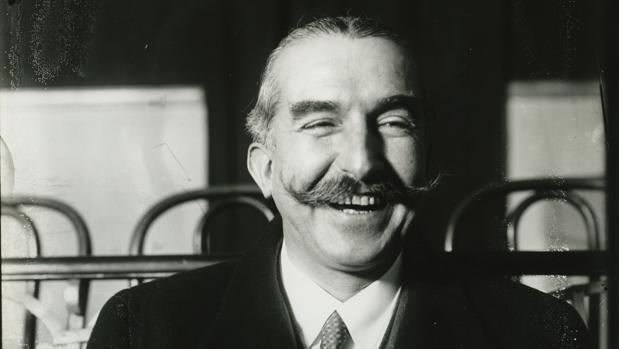
Muñoz Seca was born into a large family in El Puerto de Santa María, Cadiz, Spain, on February 20, 1879. (Because Muñoz Seca loved palindromic numbers, however, he often claimed that he was born in 1881. He also claimed to have been born at 10:15 pm, "the normal time for shows to start".) Muñoz Seca attended primary school in the Jesuit school of San Luis Gonzaga in El Puerto de Santa María. He then moved to Seville to study philosophy and law; he graduated in 1901. While Muñoz Seca was still a student, his first plays premiered in El Puerto de Santa María (República estudiantil, Un Perfecto de pasivas, and El señor de Pilili) and in Seville (Las Guerreras).
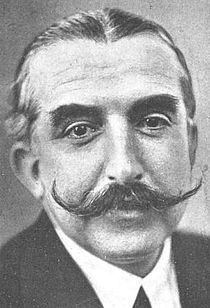
After his graduation, Muñoz Seca moved to Madrid. There, he taught Latin, Greek, and Hebrew and later would work as a lawyer. He often attended literary society meetings, and there met Sebastian Alonso. The two collaborated on the play El Contrabando, which premiered in 1904. Muñoz Seca entered public service in 1908, taking a post in the Ministry of Public Works and Transport. Soon thereafter, he married María Asunción Ariza Díez de Bulnes; they would have nine children.
Career as playwright and death
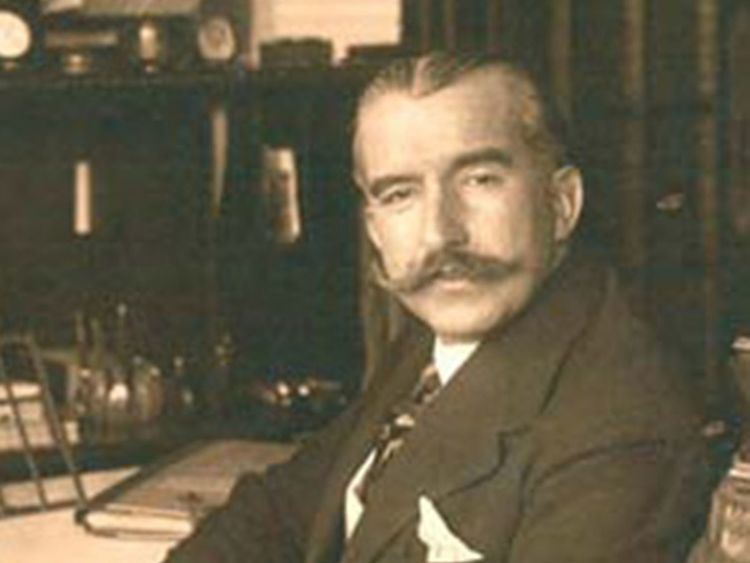
His work often employed "slang, puns, plays on words, caricature, parody, and dramatic tricks". He was the inventor of a new genre of comic theatre, the astracanada, the most celebrated example of which is La venganza de Don Mendo, a satire of the romances popular in Spain at the turn of the century.
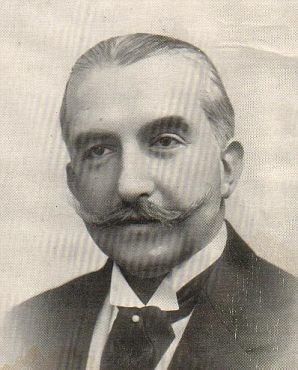
Muñoz Seca's popularity grew after the premiere of La venganza de Don Mendo. Many of his later plays were very successful, including La pluma verde (1922), Los chatos (1924), La tela (1925), and Los extremeños se tocan (1927) (all written in collaboration with Pedro Pérez Fernández, but who contributed little to the works). These works shifted away from costumbrismo toward Muñoz Seca's trademark astracanada.
After the establishment of the Second Spanish Republic in 1931, Muñoz Seca was at the height of his career, though his dramatic output slowed. Major works during this period include La voz de su amo (1933), Anacleto se divorcia (1932), La EME (1934), and La plasmatoria (1935). Muñoz Seca was a royalist and friend of Alfonso XIII, and his plays La oca (1931) and Jabalí (1932) sharply criticized the Second Republic. In July 1936, after the outbreak of the Spanish Civil War, he was arrested in Barcelona; he was later transported to Madrid. On November 28, 1936, he was executed by a Spanish Republican Army firing squad in the Paracuellos massacre. A humorist to the end, he said to the firing squad, "You can take my hacienda, my land, my wealth, even--as you are going to do--my life. But there is one thing that you cannot take from me--the fear that I have!"
Legacy
The Pedro Muñoz Seca Municipal Theater in El Puerto de Santa María and the Muñoz Seca Theater in Madrid are named in Muñoz Seca's honor.
In 1995, the Pedro Muñoz Seca Foundation (Fundación Pedro Muñoz Seca) was established; it is sponsored by descendants of the author and by the government of El Puerto de Santa Maria. The foundation maintains a small museum devoted to the author in his former family home in El Puerto de Santa Maria.
Muñoz Seca is the grandfather of Spanish writer and journalist Alfonso Ussía.
